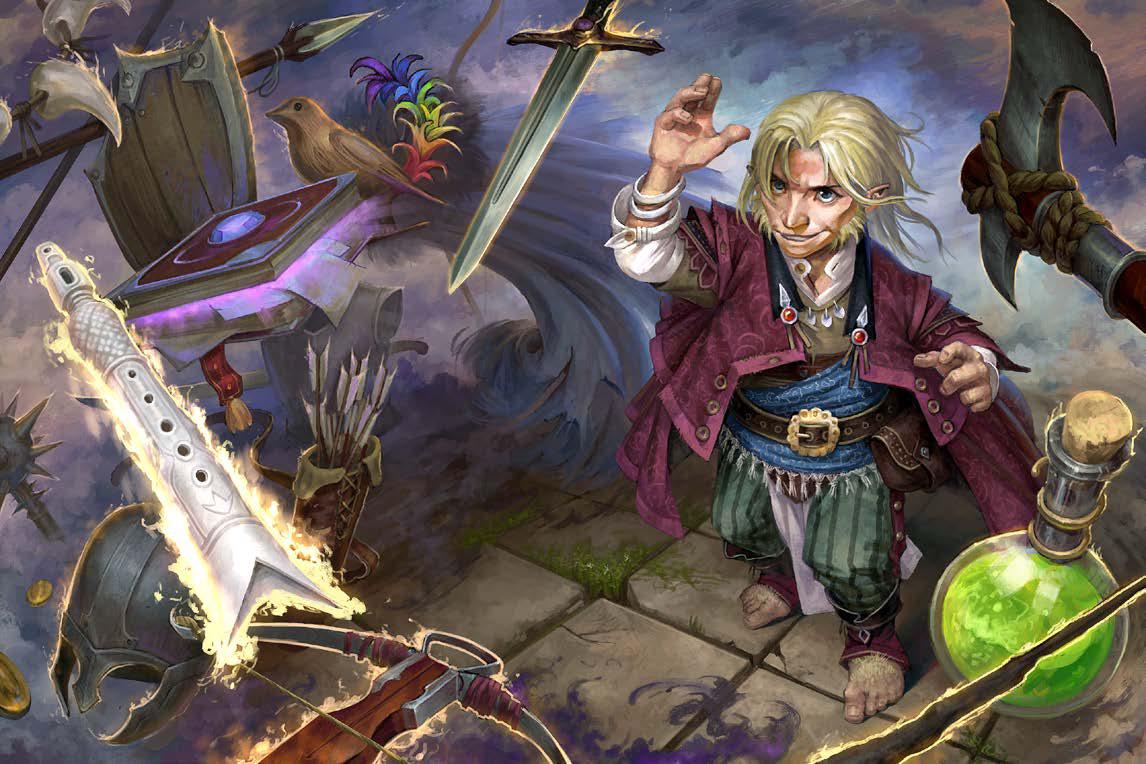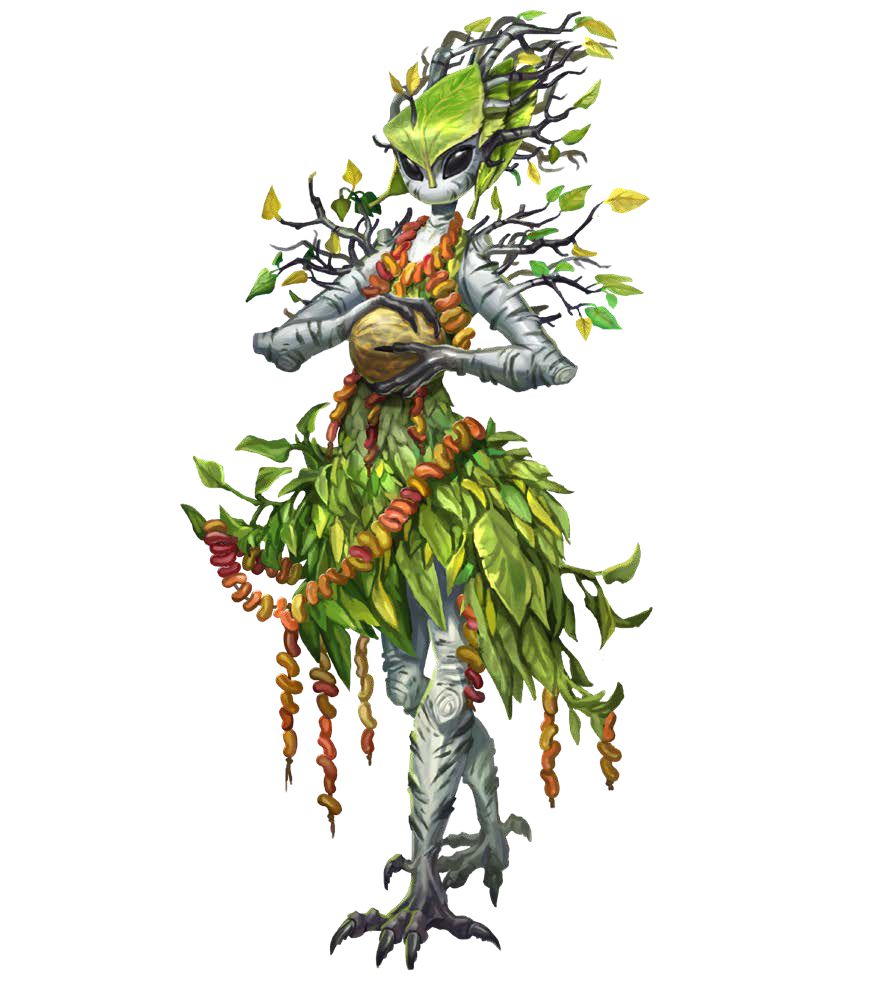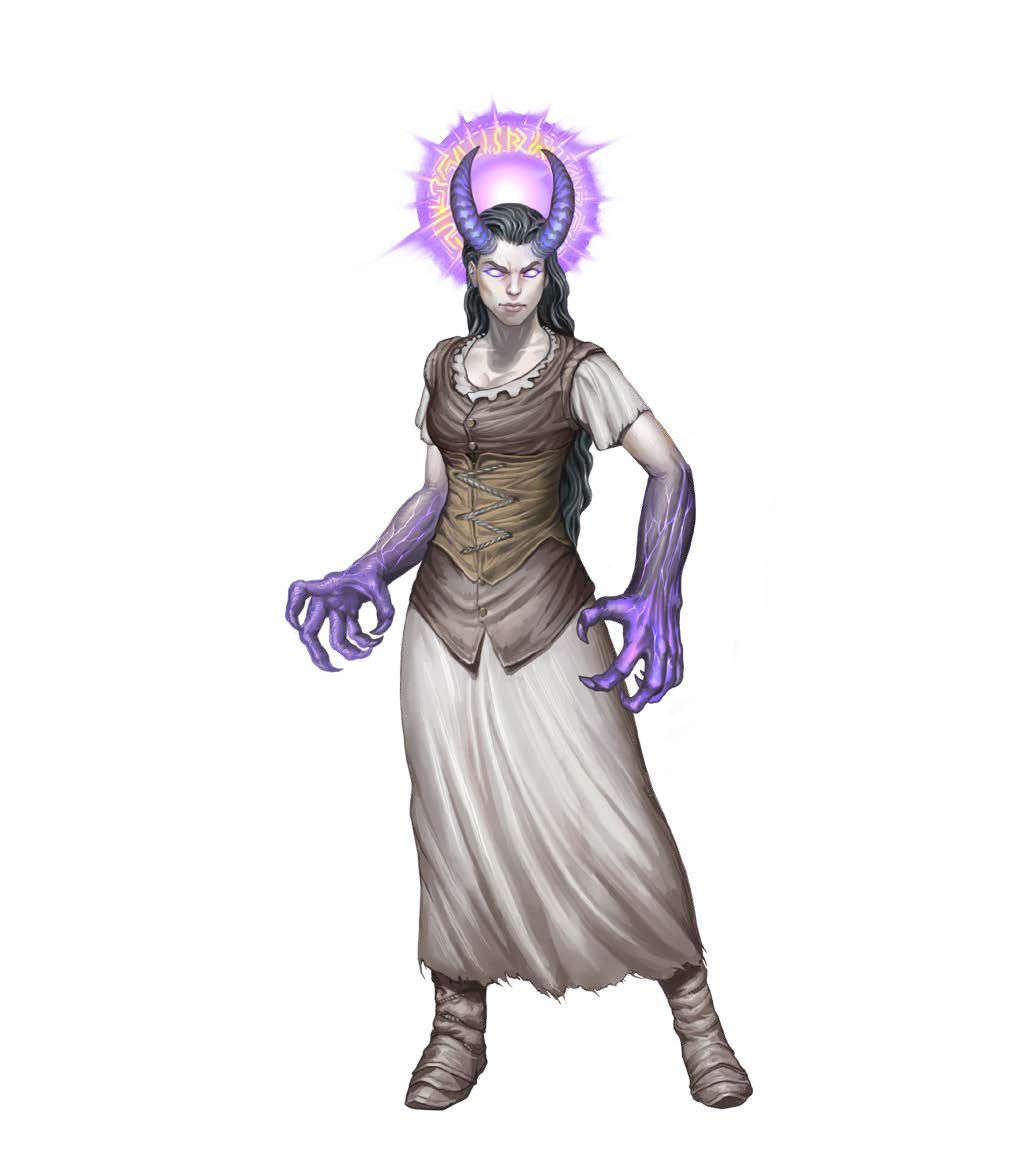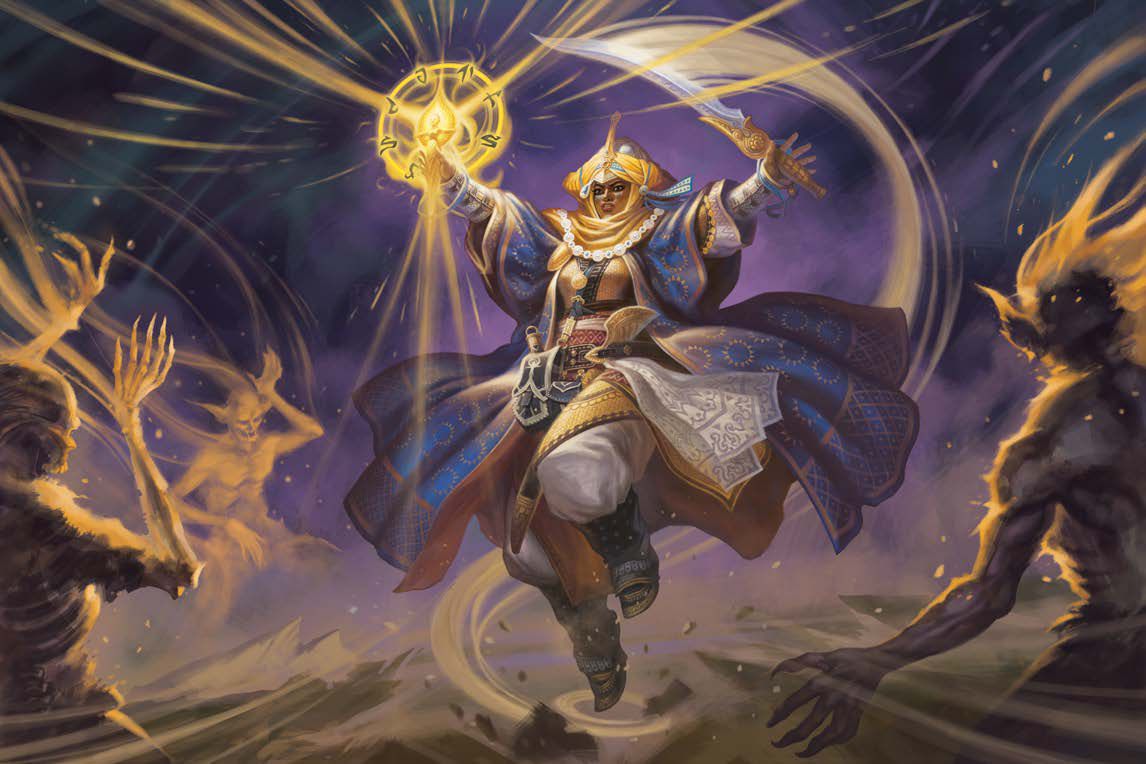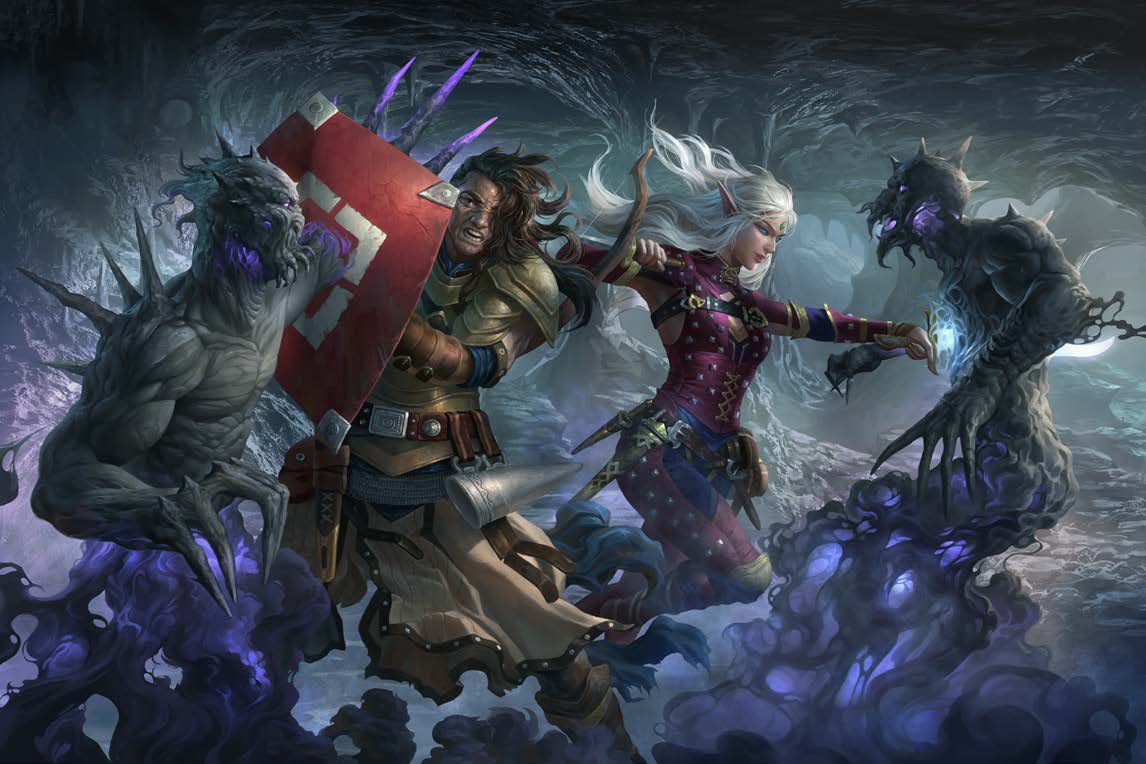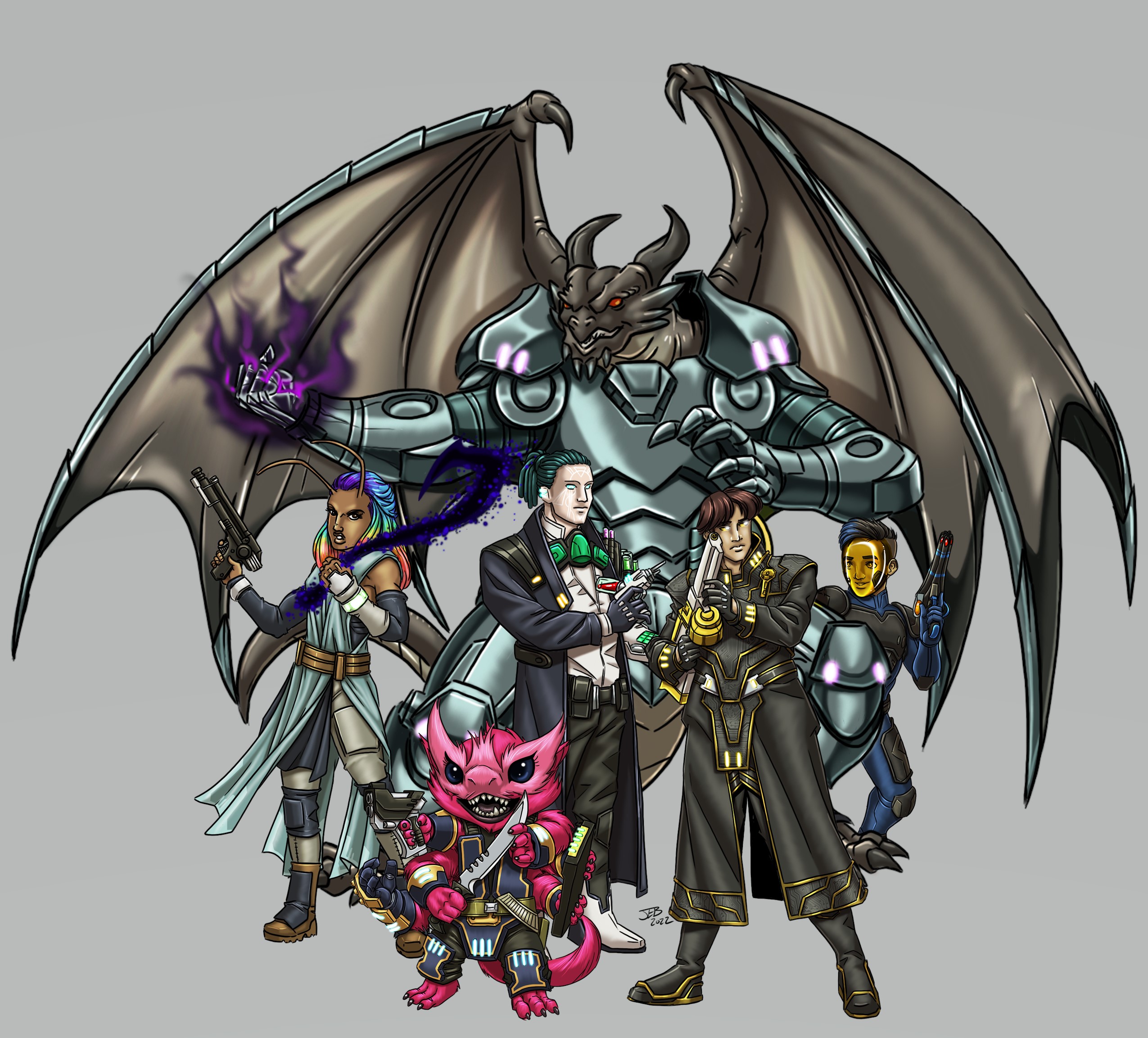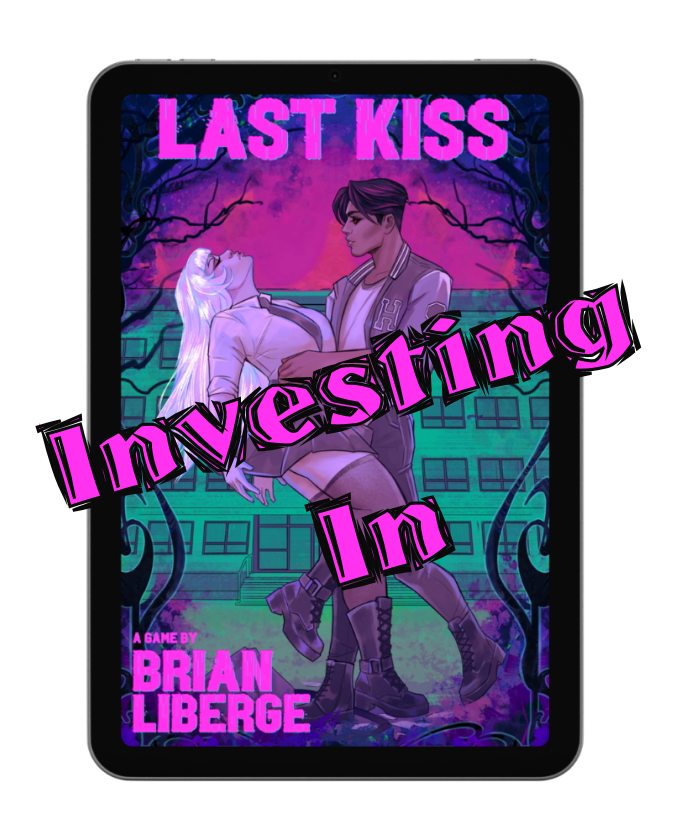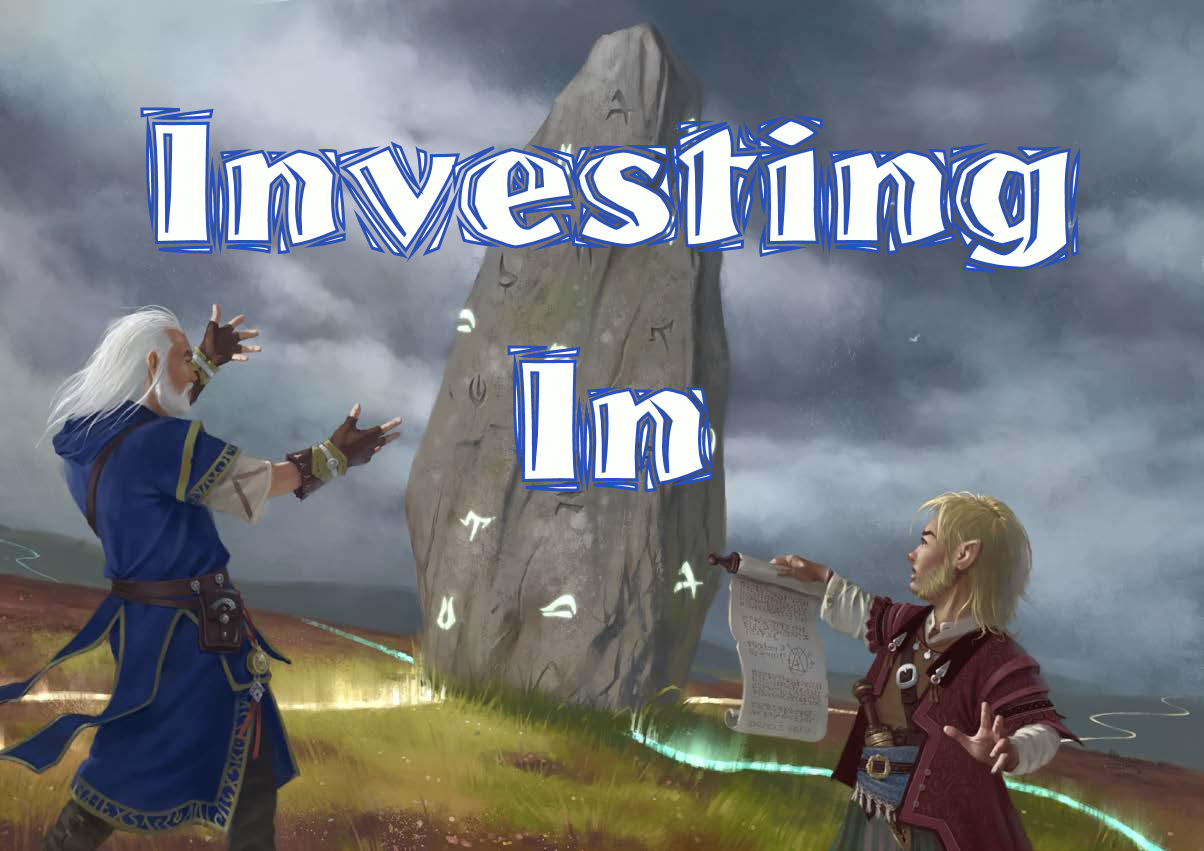“For most of Golarion’s existence, arcane prophecy and divine visions foretold of major events and great heroes. In 4606 ar, prophecy decreed that the God of Humanity, Aroden, would return to Golarion and usher in a new age of glory. Instead, Aroden died, destroying the reliability of prophecy with him. Unbound and unguided by fate, he people of Golarion are now free to carve out their own destinies in the current era, the Age of Lost Omens.”1
As I dove into Player Core last time I started with the Witch because I knew to really immerse myself I needed a starting point besides the regular read cover to cover. It was a fun first run in to just go see all the updates for my favorite witch Ateran. Of course we picked up on some other items like being able to repeat Refocusing to get all those focus points back. Those cool things you get to do? Well now you get to do them more often! And of course, now everything OGL is removed and based on thel ORC, so the future for RPGs based on such rules (and of course the business health of companies using it) is free and strong! Definitely check out the Polygon article on the topic if you haven’t already. However, there’s still more to see changed in Player and GM Core so of course I have to hype them up!
Lost Omens Intro
We get a wonderful Introduction now, digging in the basics of an RPG, character creation, and leveling just like the original core rulebook but now we get some of that rich Golarion and Lost Omens lore that I love. First, I’ll call out that Alignment is gone. Donezo. Vanished. Now we have Edicts and Anathema! What does your personal philosophy encourage you to do or a code that you choose to follow? That’s the Edict. Anathema is what you’d never do, what’s contrary to your code or philosophy. They encourage looking at your religion or class to see if there’s guidelines to consider or to add. I love this for story development. Even more for that wonderful story-based development is the entire section on the Inner Sea, Age of Lost Omens history, various regions, and of course some great sidebars about the setting and how you might tweak it for your table. Then the Religion section goes through the deities, referencing anathema, areas of import, and a bit of history. I really appreciate that as anyone new to the game gets this bit of inspiration, a bit of the world and hopefully – maybe – a character concept long before they’re choosing to be an elven wizard of a leshy druid or an orc fighter. I always encourage having a two or three word concept before you build a character, and this background will help players be able to do that. That inspiration is important!
Ancestries
While I’ll admit I’m a little surprised we didn’t see the attribute flaws removed, there’s plenty to love with the Ancestry changes. I’m a big fan of the Gnome Obsession feat change. Now instead of being focused on a lore you picked up from a background – which isn’t always the case – you get the Additional Lore and Assurance feats for a lore you get to choose! You can even change it with a day of downtime. I think this is great to let a gnome’s flighty nature and absolutely love of something be reflected within the ruleset. Similarly the Dwarven Lore feat changed to give you Additional Lore in Dwarf Lore instead of simply training it. And look Elven Lore changed the same way! I do like a consistent pattern that rewards investment in a lore feat where you should be excelling!
Another exciting change is that the Leshy is now a core ancestry! Yes their lore feat changed like the others. I’m really glad that players new to the game will pick up Player Core and find the Leshy smiling back at them. Wait til they learn you could play a Shoony or Catfolk! Of course the Versatile Heritages have really change it up, especially the Nephilim, our former Aasimar and Tieflings. I do like the Unlimited Possibilities subsection early on, however, noting anything is possible and just because you don’t have the Ancestry feats for such, doesn’t mean you can’t have fey heritage and maybe pick that up through the Sorcerer class or from a patron/muse. It’s really all about crafting the story you want, meanwhile the rules are here to help guide some combat/skill challenge balance. The Changeling gives us a hint of hag changes as we see sweet hag noted as being the parent of a callow and a cuckoo hag being the part of a dream may, i.e. green hag and night hag are terms of the past! But yes, those Nephilim are one versatile heritage, allowing you to pick up a touch of hell, the abyss, or some celestial plane. It’s now easier to be born of both actually with this design. The 17th level Divine Declaration is the ultimate expression of this, letting you cast Divine Decree as you see fit, holy or unholy!
Classes
Besides the Witch, many classes have seen some very positive change. We’ll get more with Player Core 2 in the summer next year. Quick paging through I immediately saw the Divine Font changed so that it’s no longer based on Charisma. You get 4 additional spells for heal or harm, then 5 at 5th level, and then 6 at 15th level. Now you can be an incredibly rude, unfriendly, but still great at healing cleric! Or you know, cruel and good at harm, as you will. There’s even 2nd level feat to have a versatile font and you can choose harm and heal as you wish, provided your deity is cool with that of course. I’m also glad Communal Healing changed so that you can choose someone other than yourself to heal! Turn Undead is now Panic the Dead (see below) and it looks glorious. Big change to Druids of course is the aforementioned change to anathema: metal armor and shields are a-okay. And that makes sense considering we now have a plane of metal. Toph would be pleased. I do want to see some killer Druid/Kineticist builds with metal now. A number of feats changed their name to move away from the OGL – like Anthropomorphic Shape – and we got that updated 12th level Primal Focus to refocus and gain all our focus points back at once. However we got some new ones like Primal Howl, allowing your familiar/companion to let out a howl that does sonic damage and frightens. There’s also Garland Spell at 12th level to create difficult terrain and hazardous terrain in range of the plant spell you cast. It does damage but yet you and your companion are immune to it.
Every time I look at the Rogue I’m reminded I’ve only ever NPCed rogues. All those feats and skills makes them so enticing, especially with their different rackets. Ruffian specifically got the ability to do sneak attack with advanced weapons, but they did put in some protective information restricting the use of sneak attack if the simple weapon has a damage die greater than d8 or advanced greater than d6. I.e. if it’s really big or blows up a lot at once, ya probably can’t be too precise with it. Eldritch Tricksters isn’t noted but I’m wondering if we’ll see it in Player Core 2 as we’ll get Sorcerer updated in that book. Meanwhile the Wizard changed quite a bit, to the point I really need to build some witches and wizards and compare. I love the school concept rather than specialty, and you get some good options with those schools as every school list has good spell options to choose from with those extra spells and now there’s no need to worry about not casting certain ones. There’s still that Unified Magical Theory school though if you want to generalize your studies, getting an extra 1st level class feat, drain bonded item once for each rank (not level now!) of spells you can cast. Of course there’s the couple school spells (focus powers) too: hand of the apprentice doesn’t have to be taken as a separate feat now! The other is interdisciplinary incantation. It’s actually a bit of blue magic, letting you react and cast a spell that someone else cast provided you have spells of the same rank so not as useful fighting stronger spellcaster.
Recall Knowledge
Skills are of course reprinted but the major update I saw was for Recall Knowledge. It’s all about a conversation with your GM in relation to the question you ask. There’s many wonderful examples in the sidebars about what you might use related to specific knowledge like religion for obscure myths or crafting for unusual materials. However the other sample questions side is even more helpful for skill challenges. It’s not just creatures and places, but looking over magic and how long it will last or knowing the vices of an individual. As now stated in Recall Knowledge the player will collaborate with the GM and may even decide not to Recall Knowledge if they don’t like the options they have for such a check. I want to encourage players to then wait and see what that player’s character says in-character before asking for a related roll. It’s a really good opportunity for some player character interaction if one PC has a good idea, realizes they don’t like their options to figure it out, but then can raise it up in-character for another to figure out. This can really build a skill challenge up to create interesting situations outside of combat. I also love that it encourages the GM to share options OOC and then let the story resume IC rather than leaving the players to guess at what they might want to roll or how to see what they know in-character.
Read The Errata
In my last article I did call out a bit of errata around the spellcasting archetype feats referencing spellcasting tradition. Well the official errata has fixed that! It goes a bit farther too. There’s information to help you with items from the old Core, the Advanced Player’s Guide, the Dark Archive, and Secrets of Magic. Want to play a Chapmion or Magus right now with the Remaster rules until the official updated class comes out? Well, you can! Read up in the FAQ to learn more than just some spell name changes. Arcane Cascade was updated and that’s important considering no more spell schools. Alignment’s gone so Champion and so many spells need help. If you read through the errata you’ll see that quickly. You’ll find a swath of updates for the Psychic, especially as various cantrip changes will affect their conscious mind choices, especially the Oscillating Wave. Now you gain frostbite and ignition as ray of frost and produce flame went away. Also as the spellcasting modifier add to damage went away, many of the unique psychic cantrips got damage adjustments you’ll find noted.
All Can Fly
I covered some spells in my previous article, and I’m very excited for void warp. However, I did want to call out a spell related to the typical magus build that is 100% gone. Shout out to my buddy Greer for informing me of this. It’s shocking grasp. It’s been replaced with Thunderstrike, which has a reflex save instead of being a spell attack roll. It’s not just a Magus either that typically takes it, but many wizards too. Avatar got updated with many deities listed. Figment – the former Ghost Sound – now can create a visual element. Fireball, on the other hand, remains unchanged and I do so love the image they presented for such (seen below). Fly used to be on every tradition’s list except divine, but now it’s there as well! That’s a lot of F spells, so let’s jump down a bit to all the summon spells. Summon Animal, Celestial, Construct, Dragon, Elemental, Entity (that’s aberration), Fey, Fiend, Giant, Instrument, Monitor, Plant or Fungus, or Undead. That’s a lot of summon options though the’re spread across the various traditions. All refer to the Summon trait detailed sidebar which specifies the creature level which mirrors what we expect of the originals: -1 at 1st level up to 15th at 10th level.
More Wounds
An important rules update that I missed originally but again, thanks to Greer, I see now. The Recovery check has been modified so that when you fail or critically fail, your wounded value increases. This means you could fail a few times, or already have the wounded condition, and it will gradually increase. You still gain or increase the wounded condition when you lose the dying condition. Someone using treat wounds or healing you up to full is going to become even more important if you stop dying but now you’re wounded 3. One failure or a critical hit and you’re dead dead. Wounded 4? Drop below 0 hit points and you’re already dead-dead. Bare that in mind, especially you healers out there. Stabilize or a quick heal/soothe will not be enough. Use that out of combat time to treat those wounds!
I hope you’re investing in the Remaster Core books! I’m looking forward to the next article and expanding on the isolated GM material in GM Core. Unrelated, I wanted to point you to the massive video Nonat put out on the kineticist. That’s a lot of hard work to prep, then film, then edit, so go give it a watch and share some thanks for all that research. I always take this time of year to share my thanks for this community and it’s no different now.
Thank You
Thanks to my Know Direction family for giving me space to share my hype! Thanks to Roll for Combat for driving tough conversations and letting me play my favorite witch ever! Thanks to Order of the Amber Die for incredible maps and amazing insights into modules. Thanks to Paizo for their work this year, especially those artists, writers, editors who help make it all possible and share their creative brilliance with us. I can’t wait for PAX Unplugged and to see so many of you! Give me a shout if you see me!
Investing In:
I wasn’t quite sure what to name my article series when I first started but the idea of showcasing or discussing things that make me excited, that I find new and interesting, or maybe I’m otherwise passionate about seemed to fit with the idea of Investing In something like the Pathfinder 2E mechanic. To use some magic items you have to give that little bit of yourself, which helps make these things even better. I like the metaphor of the community growing and being strengthened in the same way!
I also want to hear what you’re Investing In! Leave me a comment below about what games, modules, systems, products, people, live streams, etc you enjoy! You can also hit me up on social media as silentinfinity. I want to hear what excites you and what you’re passionate about. There’s so much wonderful content, people, groups (I could go on) in this community of ours that the more we invest in and share, the better it becomes!
Sources
Banner – Pathfinder Player Core cover, Paizo, art by Wayne Reynolds
- The Age of Lost Omens excerpt, Chapter 1: Introduction, Pathfinder Player Core, Paizo
- Character Creation banner image, Pathfinder Player Core, Paizo
- Leshy, Pathfinder Player Core, Paizo
- Nephilim, Pathfinder Player Core, Paizo
- Panic the Dead feat, Cleric, Chapter 3: Classes, Pathfinder Player Core, Paizo
- Hero Points banner image, Pathfinder Player Core, Paizo
- Fireball spell, Pathfinder Player Core, Paizo


